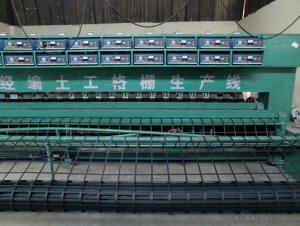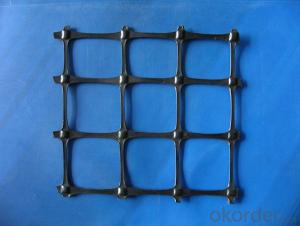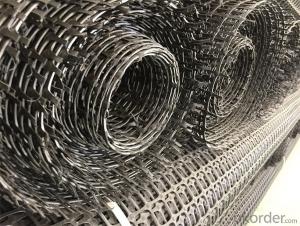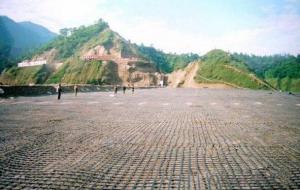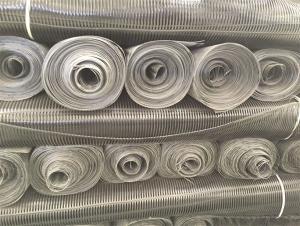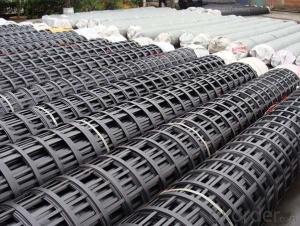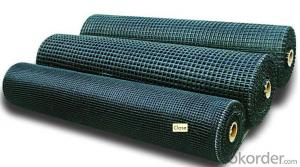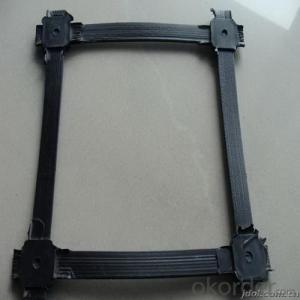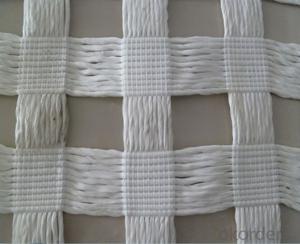Miragrid 3xt Geogrid
Miragrid 3xt Geogrid Related Searches
Fridge With Freezer On Bottom Driveway Pillars With Lights Blu Ray Player With Recorder Blu Ray Player With Internet Geogrid In Retaining Walls 1708 Biaxial Fiberglass Tape Pullout Resistance Of Geogrid Geogrid Warp Knitting Machine Srw 3 Series Geogrid Biaxial Plastic GeogridHot Searches
Fiberglass Scaffolding For Sale Fiberglass Panels For Sale Fiberglass Greenhouses For Sale Geogrid Fabric For Sale Gas Powered Core Aerator For Sale Revolution 4 Propeller For Sale Alabaster Carving Stone For Sale Geogrid For Sale Near Me Tensar Geogrid For Sale Geogrid For Sale Ex Display Log Cabins For Sale Photoelectric Cells For Sale Athletic Lockers For Sale Cubicle Partitions For Sale Stearman Propeller For Sale Palram Greenhouses For Sale Gumbo Bowls For Sale Suzuki Propellers For Sale Freight Crates For Sale Outhouse Sheds For SaleMiragrid 3xt Geogrid Supplier & Manufacturer from China
Okorder.com is a professional Miragrid 3xt Geogrid supplier & manufacturer, offers integrated one-stop services including real-time quoting and online cargo tracking. We are funded by CNBM Group, a Fortune 500 enterprise and the largest Miragrid 3xt Geogrid firm in China.Hot Products
FAQ
- What is the GDL geogrid
- GDL geogrid is uniaxial plastic geogrid, uniaxial plastic geogrid with high density polyethylene (HDPE) as raw materials, pressure into a sheet by extrusion and punching network rules, and then the longitudinal stretch into the geogrid.
- Is it the same thing as two way tgsg30-30 geogrid and two - way plastic geogrid
- Can be said to refer to the same thing.
- Using geogrids in ground improvement for seismic stability offers several advantages. Firstly, geogrids enhance the strength and stability of the soil by providing reinforcement. They distribute the applied loads more evenly, reducing the potential for soil settlement and minimizing the risk of ground failure during seismic events. Secondly, geogrids improve the overall bearing capacity of the soil. By confining and interlocking with the soil particles, they increase the shear resistance and prevent excessive lateral movement of the soil, thus enhancing the stability of the ground. Furthermore, geogrids act as a barrier against soil erosion and prevent the loss of soil particles during earthquakes. They help maintain the integrity of the soil structure, reducing the potential for landslides and slope failures. Moreover, geogrids are flexible and adaptable, making them suitable for a variety of ground conditions. They can be easily installed and customized to fit the specific project requirements, allowing for efficient and cost-effective ground improvement solutions. Overall, the use of geogrids in ground improvement for seismic stability offers significant advantages, including enhanced soil strength, improved bearing capacity, erosion control, and adaptability, ultimately resulting in a safer and more stable foundation for structures in earthquake-prone areas.
- Yes, geogrids are generally resistant to high temperatures. They are designed to withstand extreme temperature conditions and maintain their structural integrity.
- Geogrids improve the performance of geotextile erosion control blankets by providing additional stability and reinforcement. They prevent soil movement and erosion by distributing and transferring loads more effectively, enhancing the overall strength and durability of the erosion control system.
- Yes, geogrids are suitable for use in bridge abutment reinforcement. Geogrids are commonly used in civil engineering projects, including bridge construction, to reinforce soil and provide stability to structures. They help distribute loads and prevent soil erosion, making them an effective solution for reinforcing bridge abutments.
- Geogrids have excellent durability characteristics due to their high tensile strength and resistance to environmental factors such as UV radiation, chemical exposure, and temperature variations. They are designed to withstand heavy loads and prolonged use without significant deformation or degradation, offering long-term stability and performance in various soil reinforcement applications.
- Yes, geogrids can be used in soil erosion control for agriculture. Geogrids are commonly used to reinforce soil and prevent erosion by stabilizing the soil structure. They can be installed in agricultural fields to enhance the integrity of the soil, reduce surface runoff, and retain moisture, thereby minimizing soil erosion and promoting better crop growth.

















